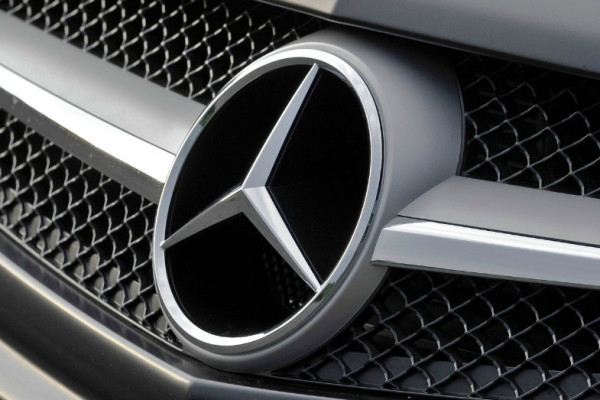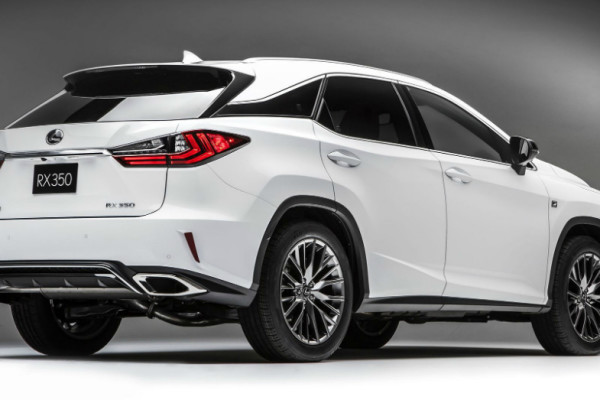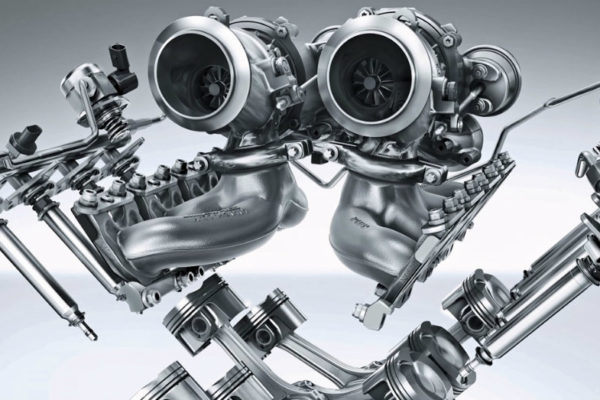
Another Hit for the Diesel World
Recently a lawsuit was filed against Mercedes-Benz for its diesel BlueTec vehicles. This lawsuit has some of the similar aspects as the Volkswagen scandal, but also has many differences that might make it a completely different issue altogether. The claims for the suit against Mercedes-Benz tell us that the company has designed its diesel engines to emit more than the legal limit of pollutants during real world driving conditions. These conditions happen to occur with the ambient temperature drops below 50 degrees Fahrenheit and affect the ML320, ML350, E-Class, S-Class and GLE that are powered by diesel engines.
One of the major differences in this case is the fact that no testing has been done to prove the cars are emitting more than the regulated amounts of pollutants. This lawsuit has been filed by a Seattle, Washington firm that based its claims on a German magazine article which states Mercedes admitted to designing these vehicles to shut down the emissions controls when the temperatures were cooler to protect the engines. The firm also claims testing was done in Europe which found the vehicles emitted more pollutants in real world driving than in laboratory testing.
Not only is this case already different with the testing and the evidence but the lawsuit is only being filed on behalf of one Mercedes-Benz owner and not based upon the tests done which sparked an enormous class action lawsuit. Of course a class action suit is exactly what the firm filing the case wants to achieve, but it appears they will need to find more concrete evidence before doing so. Some of the glaring differences make me hesitate to put a lot of stock into this case, but certainly to keep it on my radar to watch over the next few months.
How is this case different? If you believe the testing done in Europe that’s fine, but no information regarding the models tested has been revealed. Europe has much less strict guidelines for the emissions regulations than does the US. The tests done at the West Virginia University lab were done on a VW TDI vehicle which was made to be sold here, making for a huge immediate difference between the two. Another item to keep in mind is the type of emissions reaction the two different system display which contributed to the heinousness of the scandal from Volkswagen.
The Volkswagen vehicles were setup to only activate the emissions control system when the car was being put through government testing. This was a clear and obvious scandal to attempt to cheat the system and keep these engines working optimally while putting out massive pollutants. In the case of the Mercedes-Benz models, even if all allegations are accurate the emissions control systems are working as long as the ambient temperature is above fifty degrees. That would be most of the time for every vehicle with this equipment which, while still hiding some factors, is not nearly as scandalous as the Volkswagen situation.
While there is no excuse for emissions cheating, even to protect the engine, which is what is seems is the goal for the Mercedes-Benz setup, this will be an interesting case to watch and see what the outcome is. For their part, Daimler AG announced it would invest close to $3 billion to update the emissions control devices on the diesel vehicles. Does this mean we can’t trust any diesel engines; let’s hope not.
This post may contain affiliate links. Meaning a commission is given should you decide to make a purchase through these links, at no cost to you. All products shown are researched and tested to give an accurate review for you.




